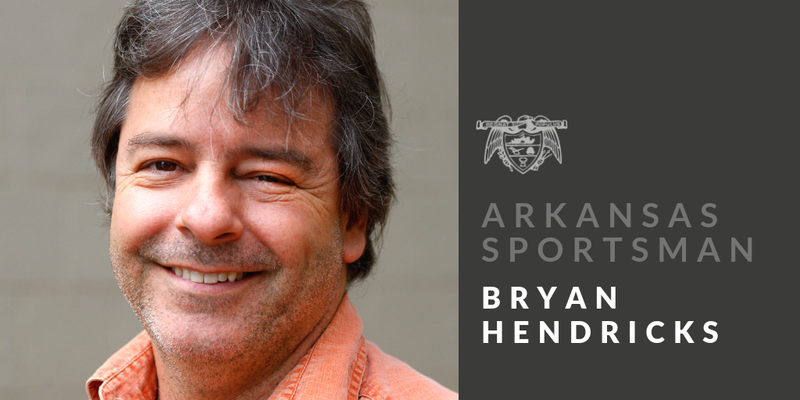Improper fish handling injures and maybe even kills bass that anglers release, especially heavy bass.
We have all seen photos of a happy angler holding a big bass by the lip, Usually this pose involves cocking the wrist and elbow. This exerts pressure on the fish's jaw, which forces the mouth open and causes the fish to dangle at an angle instead of hanging straight down.
It is an attractive angle for photography, but it injures a fish.
Jason Olive, chief of fisheries for the Arkansas Game and Fish Commission, said that mishandling results in more severe injuries for big fish.
"I can't say for certain if mortality occurs from these injuries," Olive said. "I think it's likely, especially for the larger fish that we know experience more severe injuries from mishandling than smaller fish. However, I am unaware of any study evaluating delayed mortality from these injuries, so it remains unconfirmed.
"What is confirmed is that serious injury occurs," Olive continued. "The long-lasting effects and possible healing time are uncertain."
Bass anglers would not injure a bass that they release intentionally, and most bass anglers release every bass, often to the detriment of the fishery. That is a different article. The point is that bass anglers place a very high value on bass, especially tournament anglers that associate bass with money. The bigger the bass, the greater its value in terms of its contribution to helping an angler win a check.
Mishandling fish persists, mostly because of ignorance and conditioning. Lip holds have been the staple presentation in bass photography since Bassmaster magazine was established in 1968. It is the preferred presentation because it is vertical, which is necessary for cover art and for full-page inside shots.
You can still shoot attractive vertical photos of big bass with a proper hold. Instead of holding a bass entirely by the lip, cradle its belly in your other hand to distribute its weight and relieve pressure from the jaw. This provides a scale perspective that demonstrates a fish's actual size. It eliminates thrusting a fish close to the camera to make it look bigger, a cheesy sleight-of-hand technique that has long been discredited in the outdoor media.
It actually makes a better photo because it divides the trophy into three angles instead of two. Its head presents one angle. The body is at a different angle, and if the fish is big enough, its drooping tail creates a third angle, with the angler's hands and fingers creating a web of intersecting lines.
This hold is also facilitates horizontally oriented photos, which are more desirable for online presentations.
A trickier situation is merely removing a bait from a fish's mouth. You have to hold a fish with one hand to remove a lure. I notice many professional anglers do this by cradling a bass by the belly. I have been doing this lately, and it seems to immobilize a fish, allowing me to remove lures with one hand.
Many anglers use the one-hand lip hold so that they can display their rod, reel and bait in the second hand for photos. You can do this with the two-hand hold, as well, but it takes more effort. Some anglers clinch their rod in the teeth. This makes dentists cringe, and it looks goofy.
Instead, cradle the rod and reel in the crook of your elbows or pinch the rod against your torso with your biceps. You can present the bait by draping the line over the finger gripping the fish's lip or by dangling it from the corner of the fish's mouth. You do not have to hook the fish to do this. The bait just hangs.
Composing a photo this way takes more time than merely hoisting a fish by the lip for a quick snapshot. Whenever I shoot these kinds of photos, I pose for the angler, showing him exactly where I want him or her to stand or kneel. I demonstrate the hold minus the fish, with the exact angle I want the hands and arms.
Minimize the amount of time a fish is out of the water. Take two or three photos from different angles. Hold the fish back in water, regroup and shoot a couple more photos, then gently release the fish unharmed back to its home. The objective is to ensure that a fish suffers no adverse reactions from its brief encounter with an angler.
